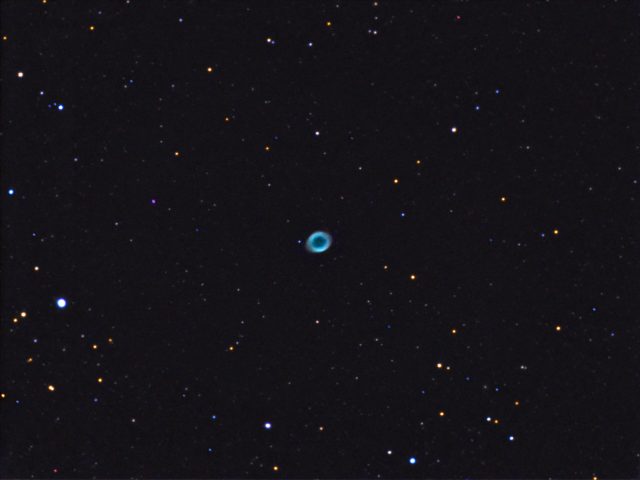
I shot this once before with this camera, but I think this one came out better. Sharpcap 2.9 was used for acquisition. Clouds came and went throughout the night, but I had fun viewing lots of other objects in between them.
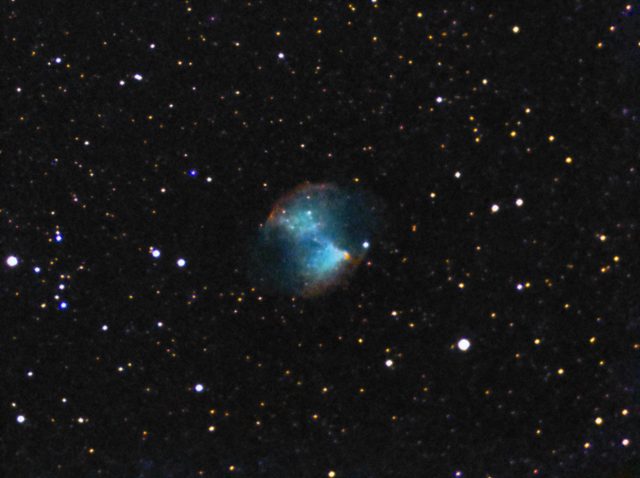
On this night, after dusting off all the equipment and finding out what still worked and updating my laptop the night before, I decided to play around with a new version of ToupSky I just installed while updating all the hardware drivers and astro software I use.
The version date was Oct 11, 2018, the same day I downloaded and installed it. They’ve included lots more with this version than they did previously. ToupSky still lacks 16-bit support for most file formats, however, which is why I still use SharpCap 2.9.
Dark subtraction and flat field correction is now in the public release as well as a number of other bonuses. Before, you would get these features only with software included with a camera from various companies who resell the ToupTech cameras (like RisingSky.)
Anyway, this image was created with various Live Stack images I did while testing this new ToupSky version. It is good for beginners, but the lack of 16-bit support for TIFF and other formats that can do 16-bit really degrades from the usefulness of the package for serious imaging.
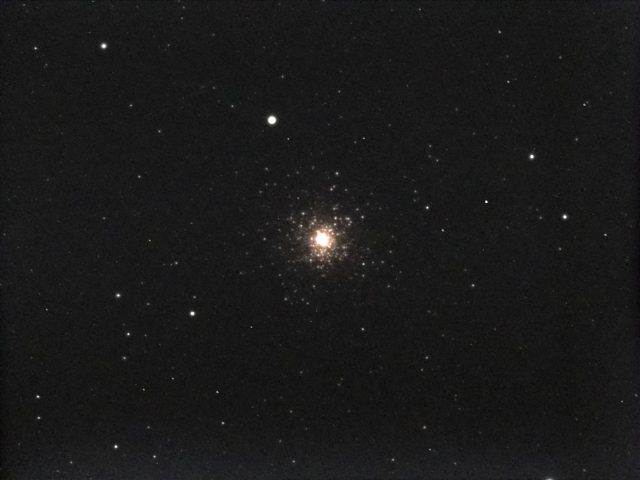
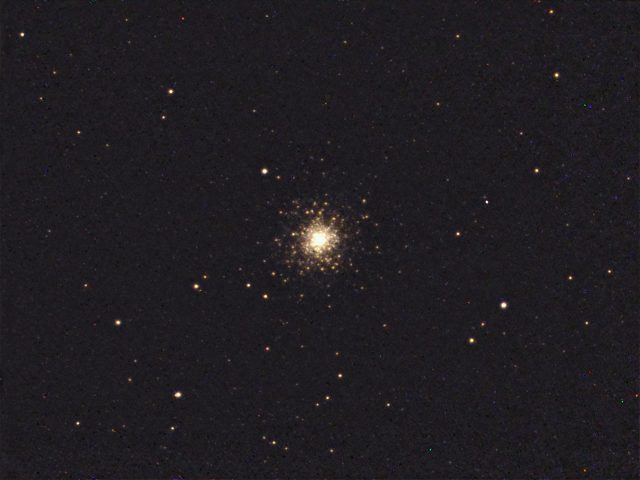
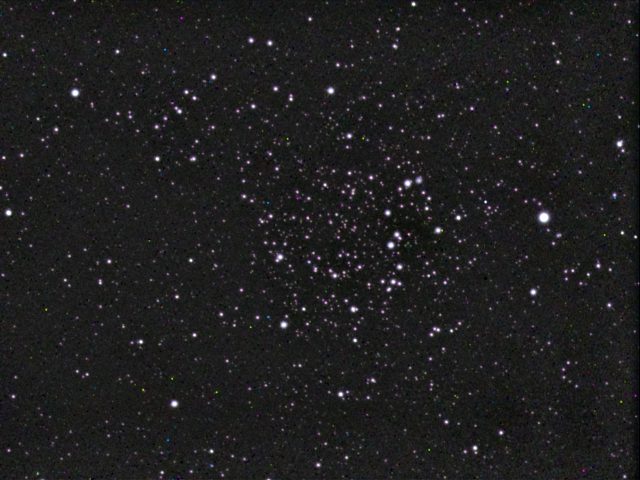
First appreciable cold front with clear skies came through, finally. I managed to get some scope time to do a shake-down imaging session to test equipment. This was on the night of Oct 11, 2018 and I was shooting from a Bortle Red zone in the city. I shot a few things playing around and these were the best three pictures of the bunch. Not the prettiest astro images , but at least I got to see what stuff still works and what did not after not imaging since March 2018.
My USB hub and some cables probably need replacing. The hub has seen better days. There is lots of corrosion inside the connectors. These connection problems precipitated other problems with the laptop and my EQMOD settings got trashed. I had to delete the AppData/Roaming/EQMOD folder to fix it. That required me to redo all the location settings, guide speeds, etc. Could have been worse, I guess.
I managed to update drivers and the astro-related software on the laptop, which was a good thing. My Toupcam IM224 had a batch of new drivers released the very same day as the imaging session. I could not have timed it better. lol
Oh, and my dew strap for the TV-85 was not working, either. The wire broke inside the strip, so I just tossed it. Oh, well. Luckily, it was so dry this night I did not have to worry about any dew.
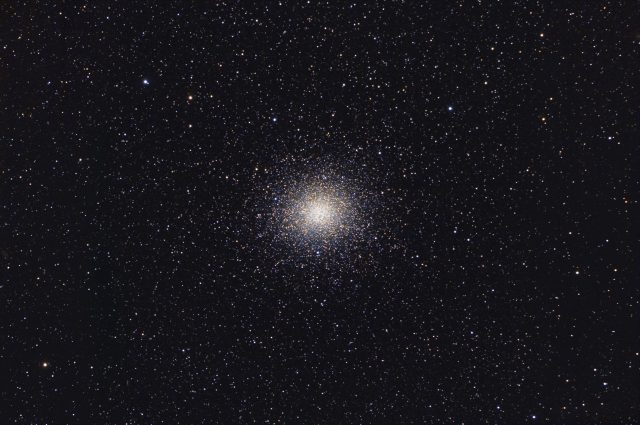
My last two sessions of Omega Centauri were combined and reworked into one image and here are the results. Both sets were taken with my TV-85. One set was taken from a dark sky site and the other was taken from an LP polluted site during moonlight.
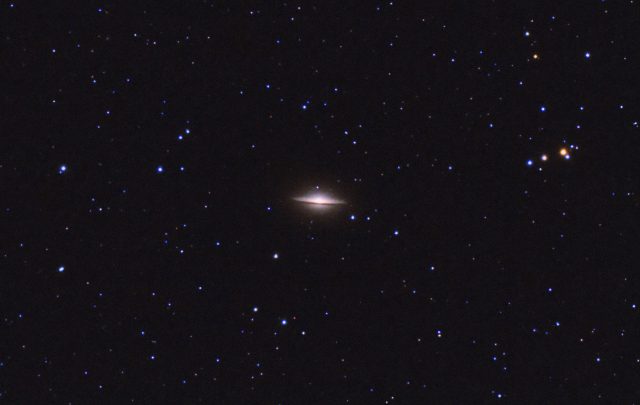
One of my favorite galaxies. I like all edge-on galaxies and this one has a uniqueness to it that makes it special. The original had a splotchy background and the color was muted and dull. I increased saturation and shifted the color balance to be more bluish. I used the add noise PS filters to get the background to look smoother.
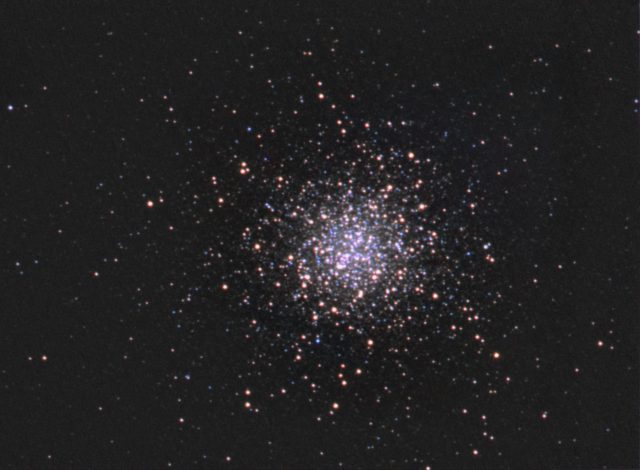
Here are two globular clusters, M13 and M4, that I took with an Orion 6 inch F/8 newt and a Rising Tech Sony IMX224 eyepiece cam.
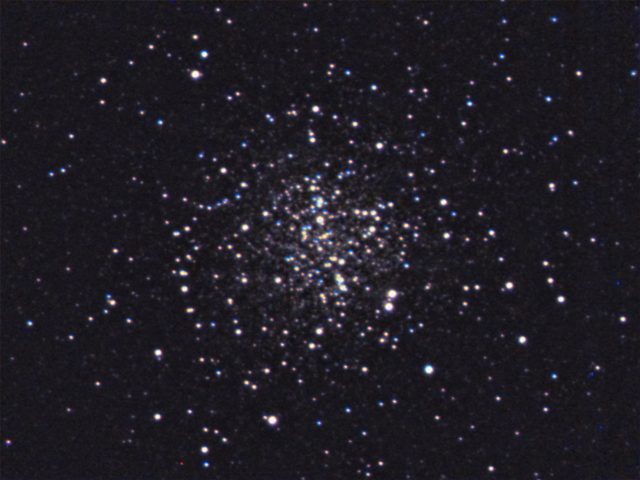
I reworked the first M13 image and tried for better color. Here’s what I got:
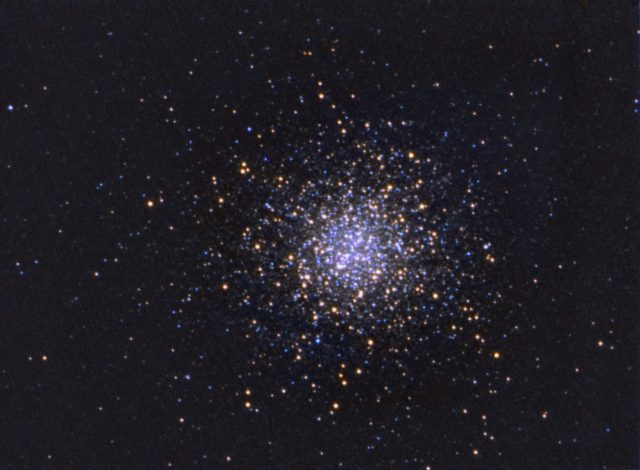
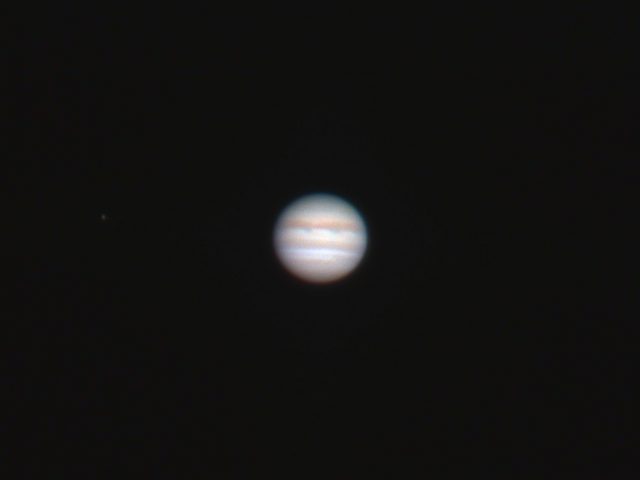
An image of Jupiter, finally! Its been ages since I shot it with a high-res setup. The 6 inch, F/8 Newt I used was barely up to the task, but it did produce a usable image. Seeing was poor, but otherwise it was a beautiful morning with beautiful and very transparent skies.
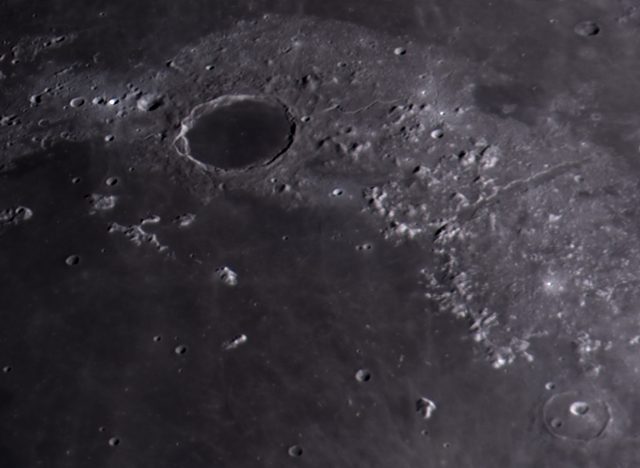
For this imaging session of the Moon, I wanted to try shooting at 2400 mm focal length using a 2x Barlow with my 6 inch, F/8 Newtonian scope and Sony IMX224 eyepiece cam. This was done in preparation to get some shots of Jupiter I’ve been meaning to do. Conditions for this session were marginal, at best, however.
I had clouds galore and seeing was very poor. I only managed three captures before the clouds came in force and shut me down. At least I got a chance to try the rig on something easy before I attempt capturing Jupiter with it.
I left the mount setup outside and took in the scope and laptop, thinking that I could get Jupiter when I woke up the following morning. Unfortunately, the skies were no better than the night before and although I could see Jupiter, clouds were coming and going over it. So, no luck with getting Jupiter, just yet. Maybe next time…
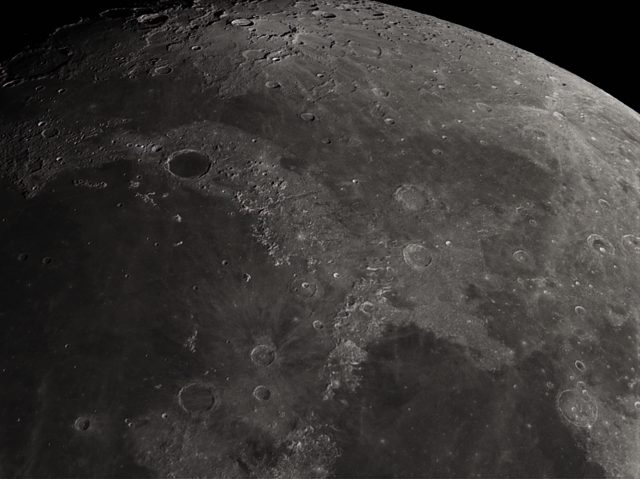
First of 3 videos of the moon captured towards the end of February, 2018. Poor conditions, but I was just testing a rather long 6 inch, F/8 Newtonian on the Atlas EQ-G mount. Pretty shaky rig, but usable for moon and planetary imaging.